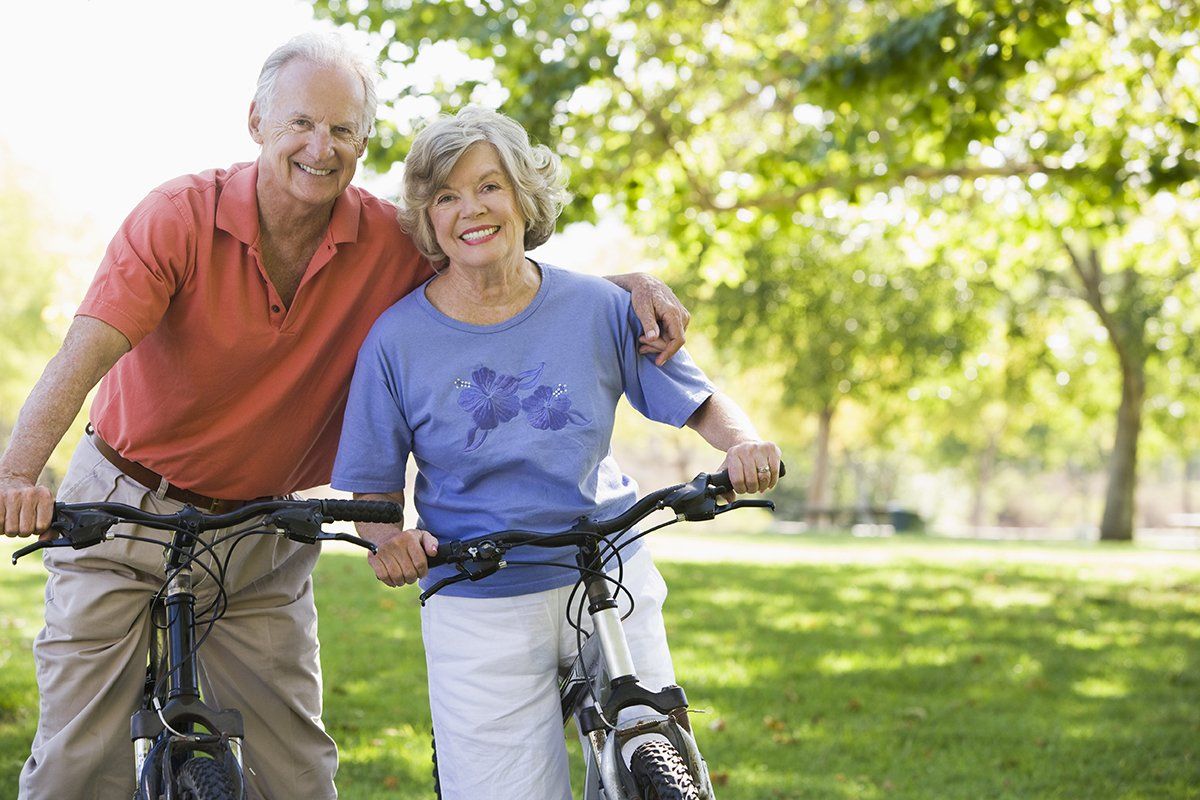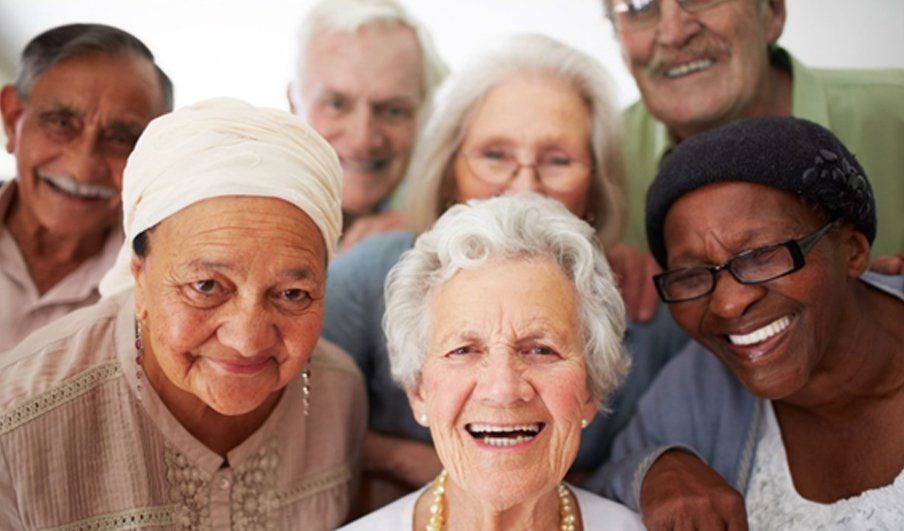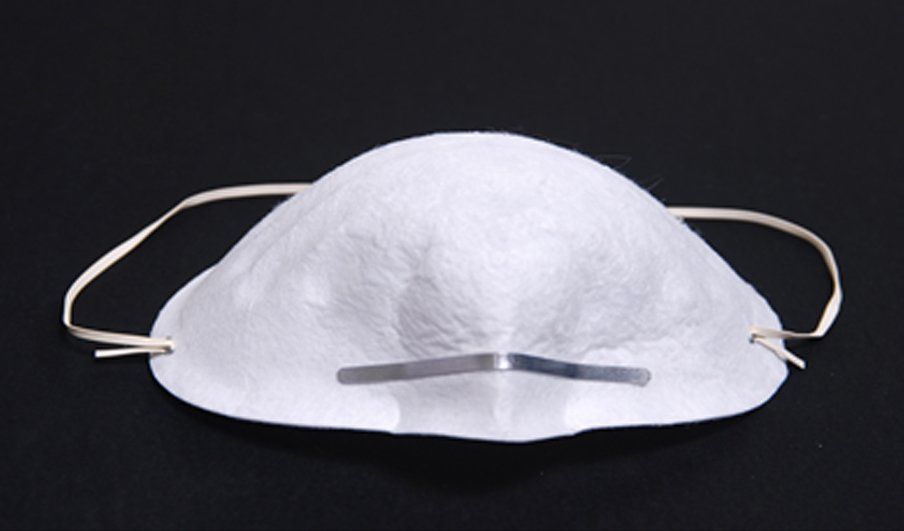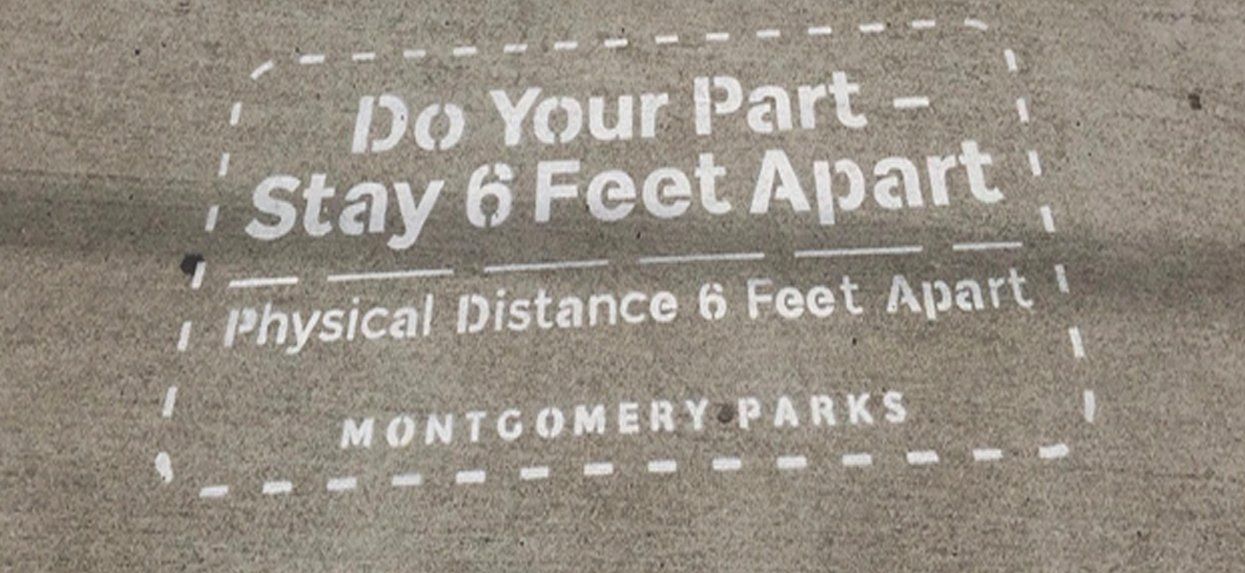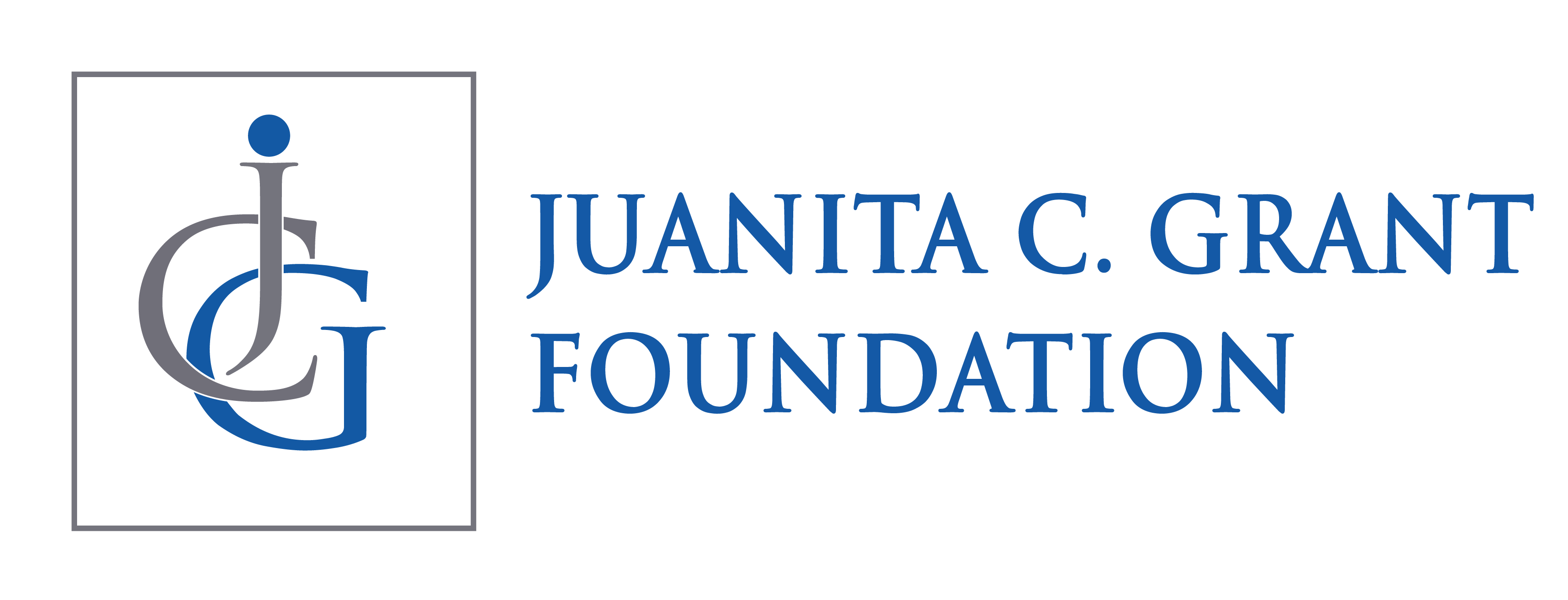Numbers Speak Louder: The Power of Quantified Accomplishments

Quantifying accomplishments on a resume is a common challenge for job seekers, and it has become essential for demonstrating your value to potential employers. Resumes should highlight more than just job responsibilities; they should illustrate achievements that show how you can save or make money for the company.
The Importance of Quantifying Accomplishments
Employers seek candidates who can contribute to their bottom-line. Quantifying your accomplishments makes your impact clear, compelling and can differentiate you from other job applicants.
Start Now: Be Deliberate in Assessing Your Work
Use the Situation, Action, Result (SAR) framework to document and quantify your achievements:
- Situation: Describe the context or challenge.
- Action: Explain what you did.
- Result: Highlight outcomes with quantifiable metrics.
Example:
- Situation: Frequent scheduling conflicts for conference rooms.
- Action: Created a centralized digital booking system.
- Result: Decreased scheduling conflicts by 75%, increasing meeting efficiency.
Create an Accomplishment Toolbox
Maintain a document or spreadsheet where you can record previous accomplishments and other achievements as they happen. This toolbox will help tailor your resume for specific jobs and prepare for interviews.
Identifying Key Accomplishments
Ask yourself questions such as the following:
- What did you do better than others?
- Were you recognized for your work?
- Did you save time or money?
- Did you streamline operations?
- Did you propose a successful new process?
- Did you develop a useful, improved, or new idea or service?
Tips for Quantifying Impact
- Track Regular Metrics: Monitor daily tasks like the number of customers served or projects completed.
- Identify Improvements: Measure enhancements in speed or quality.
- Use Feedback: Translate positive feedback into measurable achievements, such as "consistently received 5-star ratings” from customers.
- Keep Copies of Performance Reviews: These often contain valuable data about your accomplishments.
- Compare to Peers: Highlight how your performance stands out.
- Set Personal Benchmarks: Track progress against personal goals.
- Ask for Data: Request relevant metrics from your manager.
- Estimate When Necessary: Provide well-reasoned estimates based on observations.
Additional Resources
For more assistance to frame your achievements, check out:
- 70 Accomplishments to Add to Your Resume—and How | The Muse
- 42 Resume Metrics and Examples to Quantify Achievements in All Industries (byrecruiters.com)
By incorporating these tips, you'll create a stronger resume and better understand your professional value. This clarity will boost your confidence and enhance your ability to communicate your worth to potential employers.
Quantifying accomplishments transforms your resume into a story of measurable successes. This approach sharpens your self-awareness and empowers you to articulate your value with precision. Start today to convert your achievements into compelling, data-driven success stories.
Donna Satterthwaite
Vice Chair, Juanita C. Grant Foundation Board of Directors
Founder and CEO, MotivAction Career Coaching, LLC
Must Read Newsletter
Sign up for news and events
Newsletter
Most Popular
